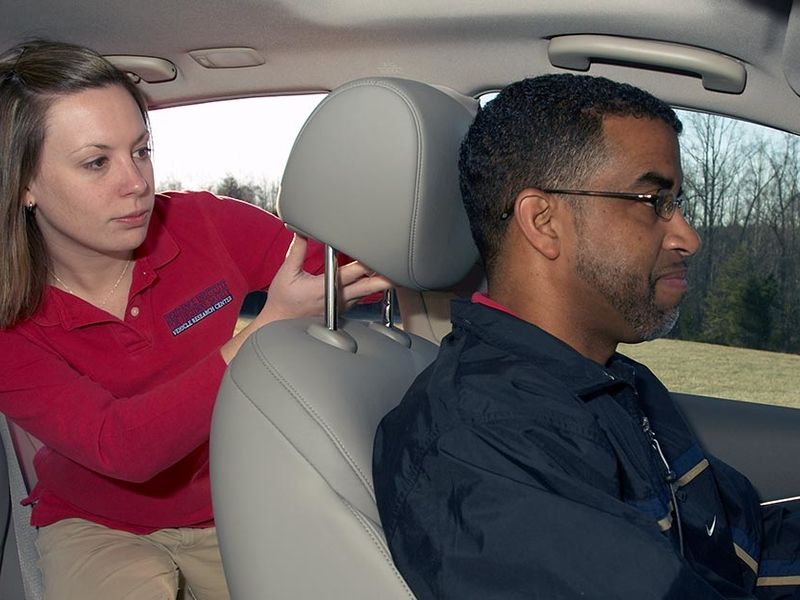
The Department of Transportation on Feb. 15, 1968, announces a new motor vehicle safety standard requiring protective head restraints on all passenger cars manufactured after Dec. 31, 1968.
The rule was designed to reduce the frequency and severity of “whiplash” neck injuries, even in low-speed accidents.
Lowell Bridwell, administrator of the Federal Highway Administration, called it one of the most important standards issued to date under the National Traffic and Motor Vehicle Safety Act of 1966.
At the time, about 4 million rear-end crashes — or one out of four accidents — occurred annually on U.S. roads. When a vehicle is struck from behind, passengers in such crashes are pushed forward, often violently, causing their heads to snap backward and injuring the neck. About three-fourth of all neck injuries treated by medical professionals at the time were the result of rear-end auto collisions. Disabilities caused by whiplash tended to be painful and recovery was often lengthy.
The safety standard — No. 202 — required the driver’s and front passenger’s seat back be equipped with head restraints and established performance criteria. Automakers basically had two options to meet the rule — design and engineer a high seat back or install an add-on cushion.
A 1998 study by State Farm and the Insurance Institute for Highway Safety found that higher head restraints that were closer to the back of an occupant’s head also reduced the risk of whiplash.
Beginning Sept. 1, 2008, the National Highway Traffic Safety Administration expanded rule No. 202 and required all light vehicles be equipped with front seats with a higher minimum height, limits on the distance between the back of an occupant’s head and the occupant’s head restraint, as well as a limit on the size of gaps and openings within head restraints. The agency estimated there were approximately 272,464 whiplash injuries a year at the time, and that the new rule would reduce whiplash injuries by 6 percent.
Many automakers have added also head restraints in the second and third row.

